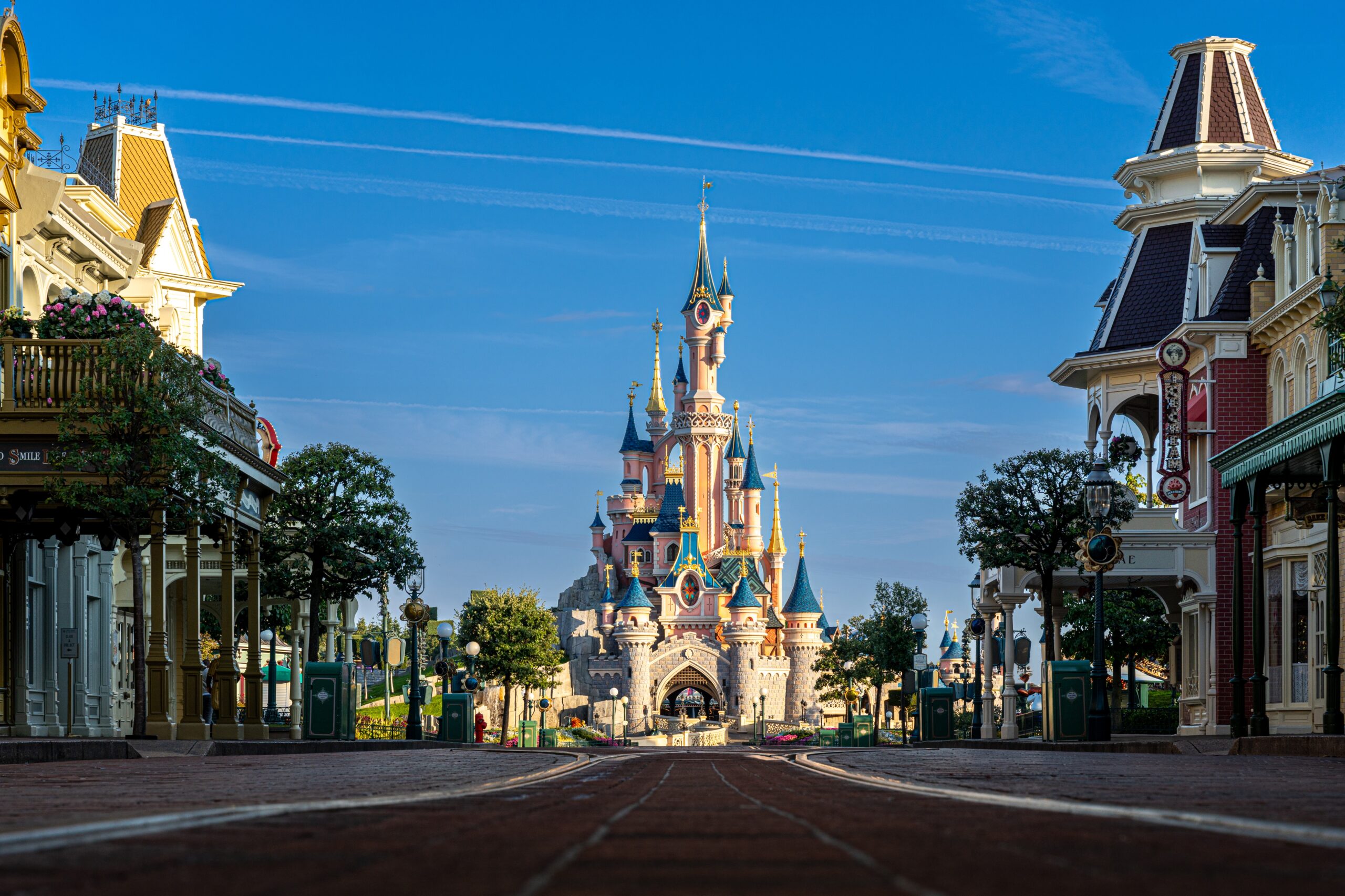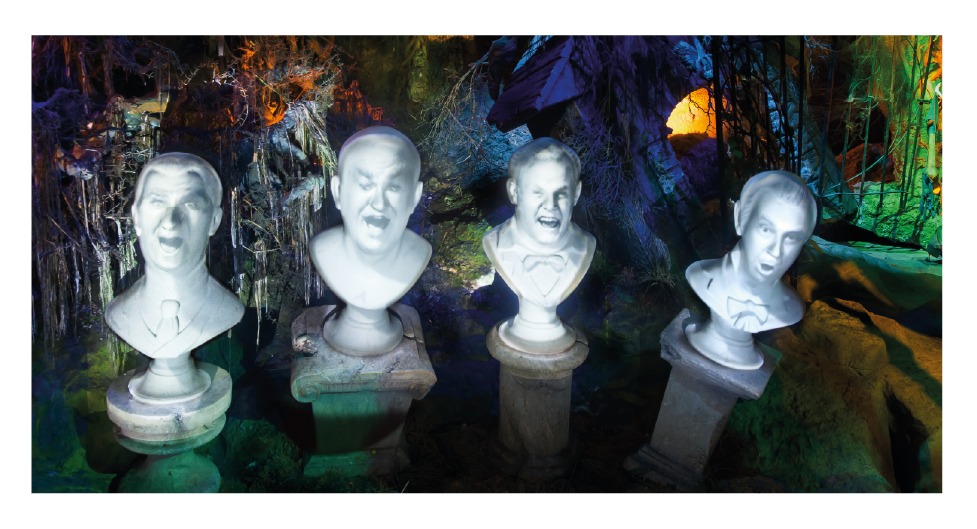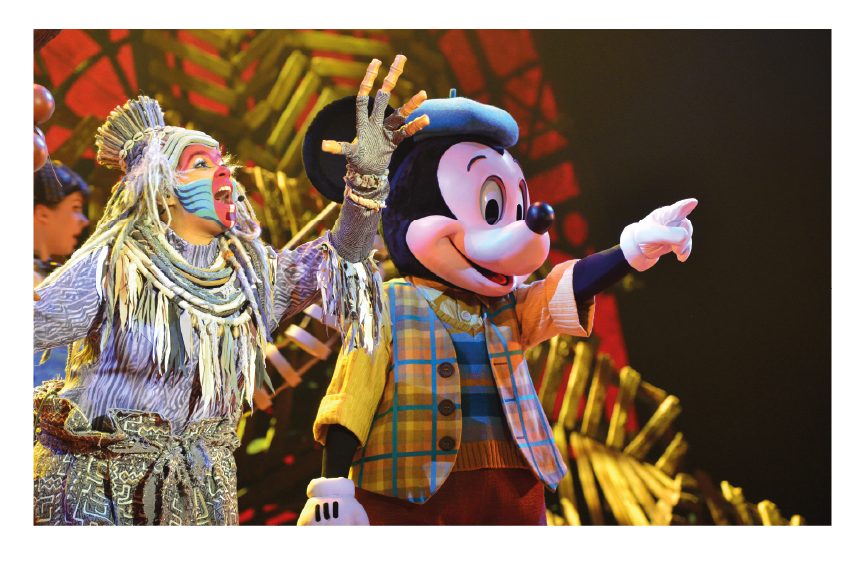On every visit to Disneyland Paris, we all have a melody in our heads sung by dolls, ghosts or pirates that stays with us long after the trip is overa sort of sonic Proust’s madeleine that, from the very first notes, inevitably takes us back to the magic… But why does this music affect us so much?
Throughout summer, explore our series of articles dedicated to the unique bond between Disney and Music.
Feelings of France
Since then, although technology has evolved and new stories have been created, it is because of these same principles envisioned by Walt thatmusic still resonates in Disney Parks around the world…
With its evocative, atmospheric music and iconic songs, Disneyland Paris is no exception. But Paris as a destination also has its own identity, not least because of its geographical location.
While the Imagineers behind the project were naturally inspired by the best of the previous Disney Parks, they also gave them a unique European spin.

The background music, for instance, evokes the cultural, historical and geographical origins of each location as faithfully and accurately as possible. Classical music is featured prominently, of course, with Tchaikovsky and Thomas Morley, the English Renaissance composer, appearing near Sleeping Beauty Castle, while Maurice Ravel (Mother Goose) and Camille Saint-Saëns (The Carnival of the Animals) show up in Storybook Land.
But authenticity is also essential when it comes to paying tribute to the world’s cultures. In the eastern part of Adventureland, for example, it’s not unusual to hear composi- tions by Baligh Hamdi, a leading figure in Egyptian music. And in Main Street, U.S.A., you can listen to works dating right back to the beginning of the 20th century, whose scores have been rediscovered by conductor Rick Benjamin, a renowned ragtime specialist.
As for the attractions, Disney Parks classics such as “It’s a Small World” and Haunted Mansion have had their scores entirely reworked for Disneyland Paris by composer John Debney (The Emperor’s New Groove) to create large orchestral pieces performed by the 60 musicians of the London Symphony Orchestra. For the first, he added instruments typical of the countries visited, from bagpipes for Scotland to marimbas for Latin America, as well as the Indian sitar and Japanese drums. The choirs now sang in English, French, Spanish, German, Italian, Danish, Portuguese, Arabic and Hebrew, some of them recorded by children in their countries of origin. And for the music of Phantom Manor, the composer subtly slipped in elements borrowed from Toccata and Fugue in D minor by Johann Sebastian Bach and Danse Macabre by Camille Saint-Saëns.


Another attraction emblematic of this European influence was Le Visionarium – Un Voyage à Travers le Temps (1992-2004), which was located in the same place as the current Buzz Lightyear Laser Blast. For this surprise-filled expedition, visitors went back in time and met none other than science fiction authors H.G. Wells and Jules Verne at the Universal Exhibition in Paris. Composer Bruce Broughton naturally drew inspiration from the works of French musicians of the time, such as Émile Waldteufel and Jacques Offenbach, who were also featured in some of the shows.
The former, known for his famous The Skater’s Waltz, was featured in “Mickey’s Winter Won- derland” (1998-2012), which included a beautiful pas de deux by Mickey and Minnie on ice, while the latter was used, as a nod to France, in Joel McNeely’s arrangements for “Mickey and the Magician” at Walt Disney Studios Park, for Cinderella’s departure in her carriage.

Speaking of shows, European culture has always been well represented in Disneyland Paris productions, as demonstrated by the Disney Music Festival, where classical music (“Goofy’s Imaginary Orchestra”) meets traditional English (“Mary Poppins and the Pearly Band”) and Italian (“Donald and Daisy’s Accordionist”) music.
To be continued …
Read the full booklet: Disneyland Paris, A Musical Wonderland

